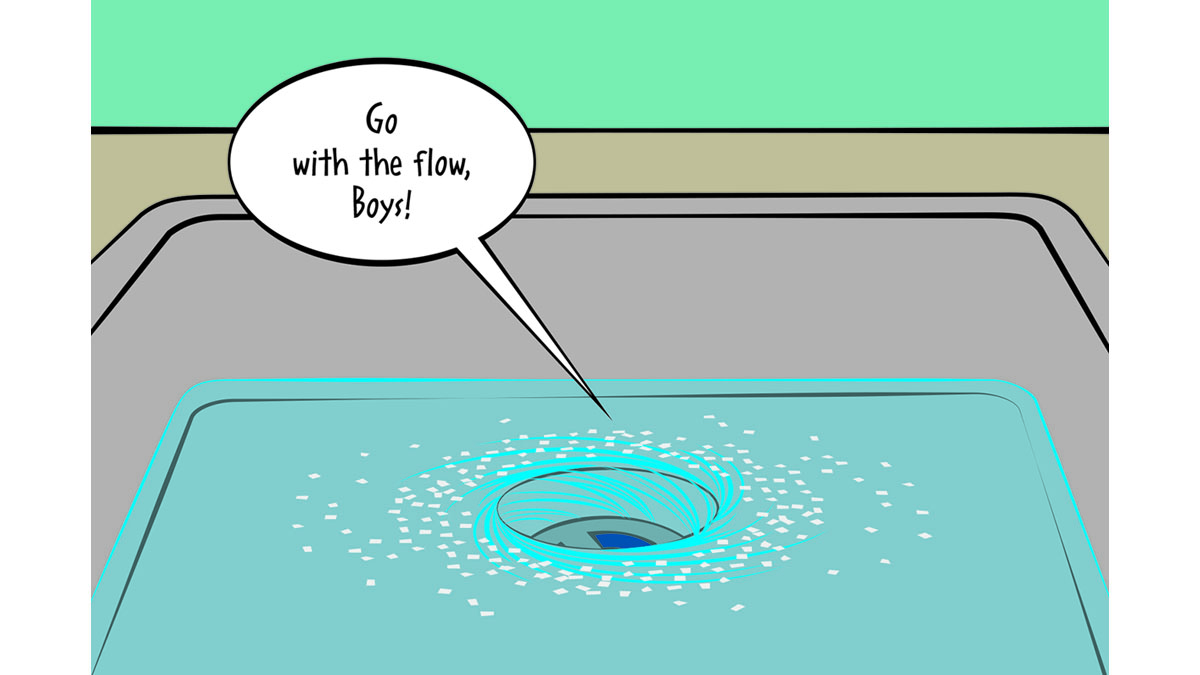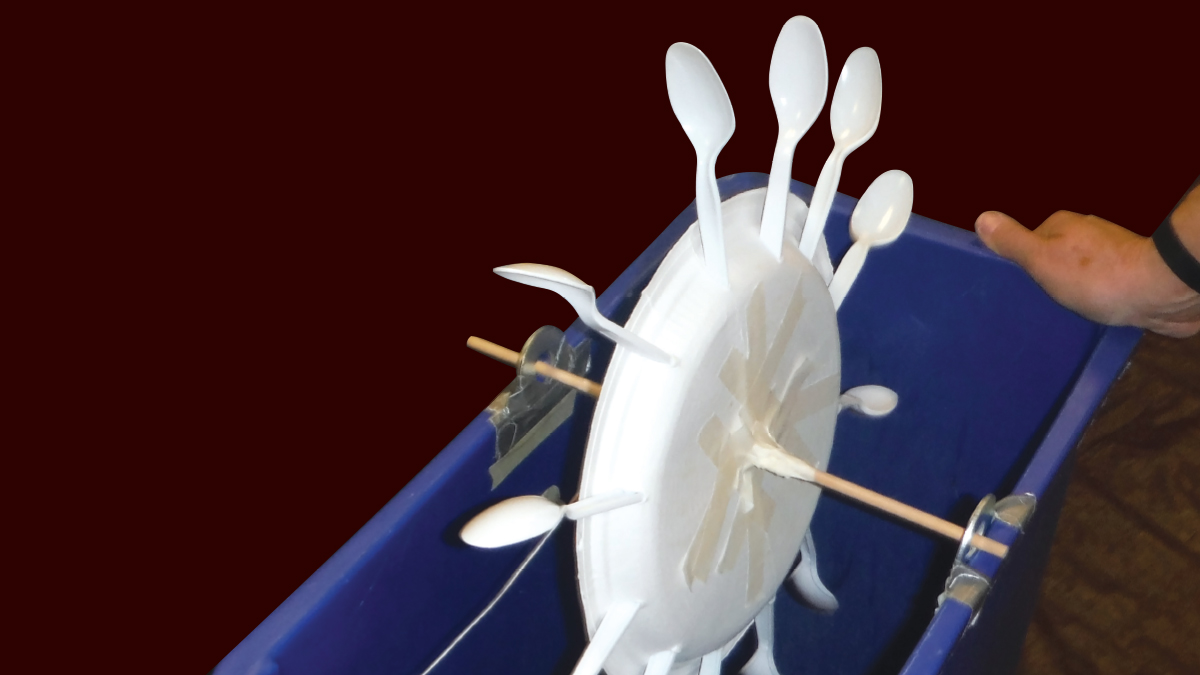Methods & Strategies
Improving the Quality of Engineering Design Challenges
Improving the Quality of Engineering Design Challenges
By Matthew Perkins Coppola and Alice Merz
Science 101
Why Does Water Swirl When it Goes Down a Drain?
Engineering Encounters
Authors and Engineers
Applying engineering principles to create pop-up books
Formative Assessment Probes
Balance Beam
Figuring Out a Mathematical Rule
By Page Keeley
Teaching Through Trade Books
Seasonal Weather Patterns
Unpacking the STEM Disciplines
A project on human impacts on the environment provides many opportunity to explore the disciplines of STEM.
A Water Wheel Challenge!
Learning about energy conversion through engineering design
Simulating a Non-Native Invasion
Fourth-grade students design a computer simulation to model how a new species introduction affects native populations.







